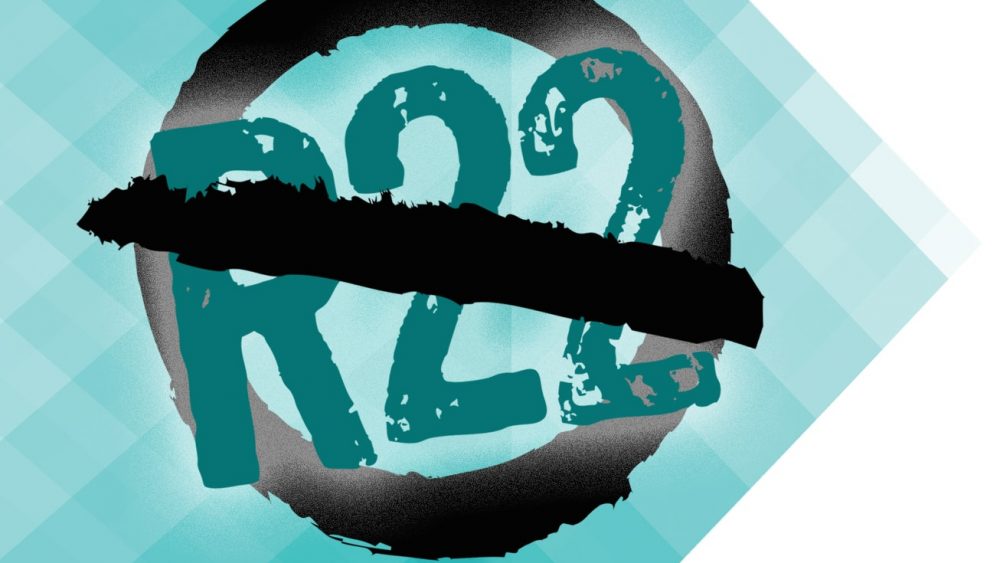All 197 United Nations member countries are phasing out the production and import of ozone depleting
substances, including R22, under the Montreal Protocol on Substances that Deplete the Ozone Layer.
Australia’s phase out of HCFCs including R22
In 1996 Australia started its phase-out of hydrochlorofluorocarbons (HCFCs), through import controls under
the Ozone Protection and Synthetic Greenhouse Gas Management Act 1989.
Australia does not manufacture HCFCs and has gradually reduced imports of bulk HCFCs since 1996.
Australia’s annual import of HCFCs dropped from 250 ODPt (ozone depleting potential tonnes) in 1996 to
2.5 ODPt in 2016. The phase out is supported by bans on new equipment containing HCFCs.
What is R22 used for?
R22 has been commonly used in residential and commercial refrigeration and air conditioning systems from
the 1990s, following the phase out of chlorofluorocarbons (CFCs) in 1995. R22 equipment is gradually
reaching the end of its useful life and is being replaced with new equipment using different refrigerants.
R22 phase out quick facts
Australia has largely phased out the import of HCFCs including R22:
• From 2016 to 2029, imports are limited to 2.5 ODPt of HCFC annually (about 45 tonnes of R22).
• From 1 January 2030, bulk R22 imports will be banned entirely.
• From 1 January 2020, bulk R22 imported into Australia can only be used for servicing existing
refrigeration and air conditioning equipment.
• Use of reclaimed R22 is allowed. Reclaimed R22 must be tested to confirm it meets manufacturer’s
specification to ensure its quality. Contact your refrigerant supplier for further information.
• From 2030 servicing of R22 systems will rely solely on reclaimed refrigerant.
• The price of R22 may rise depending on demand and availability.
What’s happening with R22 equipment?
New R22 refrigeration and air conditioning equipment can no longer be manufactured in or imported into
Australia, apart from some spare parts and in some special circumstances.
• Existing R22 equipment already in Australia will not be banned and does not need to be retrofitted.
• Existing units using R22 can continue to be serviced with R22. Regular servicing can benefit owners
through reduced electricity costs and reduced replacement costs for leaked refrigerant.
• If your R22 system is in good working order there is no need to change it to an alternative refrigerant
or system. However, new equipment is generally more energy efficient and may have a smaller
refrigerant charge and lower leakage rate, and therefore can be cheaper to run.
• Spare parts might become harder to source as R22 equipment gets more out of date.
• Retrofitting of your existing system to use a non-HCFC refrigerant may be possible.
Retrofits should only be done if the substitute refrigerant is suitable for that type of equipment and it is done in accordance with relevant legislation and Australian Standards.
Refer to the ‘Complying with the law’ section of this fact sheet.
Transition to other refrigerants
The refrigeration and air conditioning industry is already well advanced in the transition from R22. From its
peak of just over 30 per cent of the total amount of refrigerant in use in Australia in 2010, R22 accounted for
just 17 per cent of refrigerant in use in 2016i and continues to decline. Hydrofluorocarbons (HFCs) such as
R-134a and R-410a are now the most common refrigerants, making up 81% of refrigerant in use in Australia.
HFCs are being phased down in Australia (from 2018) and globally under the Montreal Protocol (from 2019),
as they generally have a high global warming potential.
Complying with the law
The Australian Government’s Ozone Protection and Synthetic Greenhouse Gas Management legislation sets
out legal requirements for handling controlled HFC, HCFC and CFC refrigerants. These requirements are
designed to prevent discharge of refrigerant to the atmosphere. Importantly, refrigerant must not be
discharged or ‘vented’, except in very limited circumstances, and must be recovered by a licensed technician
when equipment reaches end of life. All work on equipment containing these refrigerants must be done by
appropriately licensed technicians (see next section) who must comply with all relevant laws and standards,
including electrical safety standards. A penalty of up to $63,000 for an individual or $315,000 for a
corporation may apply for breaches of these refrigerant handling laws.
There are also state and territory requirements which vary between jurisdictions. The relevant authorities
should always be consulted to ensure legal requirements are followed.
If you are considering substituting R22 with an alternative refrigerant, check the relevant state or territory
regulations and the manufacturers’ requirements. Modifications to the system or its surroundings may be
necessary to achieve compliance with relevant legislation and standards.
Licensing requirements for the handling of refrigerants
Licences to handle or trade in controlled HCFC, HFC or CFC refrigerants are issued by the Australian
Refrigeration Council at www.arctick.org:
• A Refrigerant Handling Licence is required to decant refrigerant, manufacture, install, commission,
maintain or service equipment, irrespective of whether or not a controlled refrigerant is present.
This licence also covers decommissioning or disposal of equipment containing controlled refrigerant.
• A Refrigerant Trading Authorisation is required for any individual or business that acquires,
possesses or disposes of controlled refrigerant.
• A Restricted Refrigerant Recoverer Licence is one of the licence options for individuals (including
a repairer or dismantler) who remove controlled refrigerant from any refrigeration or air conditioning
systems.
Additional licensing requirements apply for working with some or all refrigerants in some states and
territories. You should check the relevant requirements in your state or territory





Comments are closed.